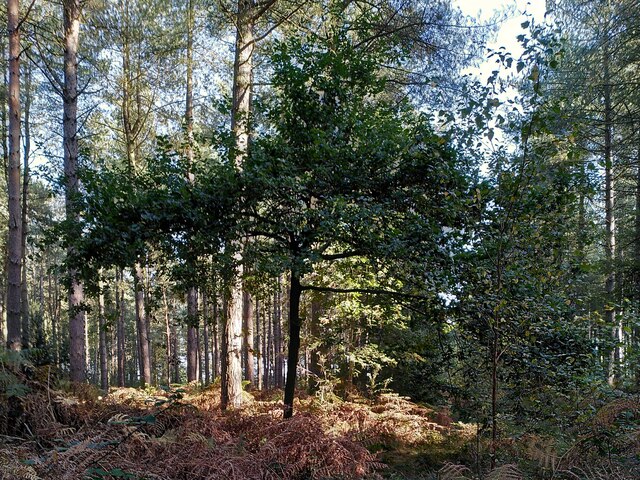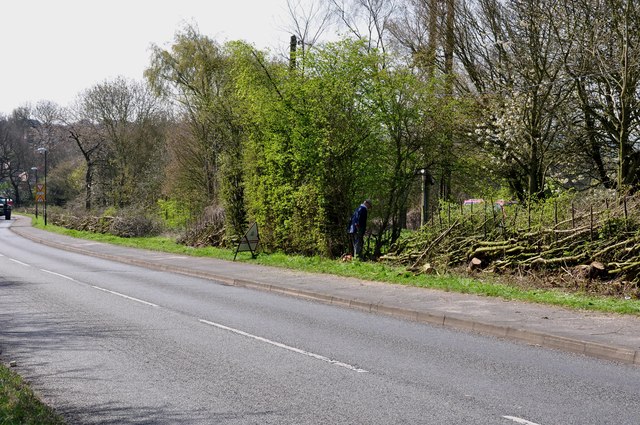Ansley
Settlement in Warwickshire North Warwickshire
England
Ansley

Ansley is a small village located in the county of Warwickshire, England. It is situated approximately five miles north of the town of Nuneaton and is part of the North Warwickshire district. The village is nestled in a rural setting, surrounded by picturesque countryside and farmland.
Ansley has a rich history that can be traced back to the Domesday Book of 1086, where it is mentioned as "Anelei." The village has retained its traditional charm, with a mix of old cottages and newer buildings. Its quaint streets are lined with trees, creating a pleasant and peaceful atmosphere.
The village is home to a close-knit community, with a population of around 2,000 residents. It has a range of amenities to cater to the needs of its inhabitants, including a primary school, a village hall, a church, and a few local shops. The village also has a pub, which serves as a popular meeting place for locals and visitors alike.
Ansley boasts beautiful natural surroundings, making it an ideal location for outdoor enthusiasts. The area is crisscrossed with footpaths and bridleways, allowing residents and visitors to explore the stunning Warwickshire countryside. The nearby Ansley Hall and Ansley Hall Farm are also popular landmarks, adding to the village's historical appeal.
Overall, Ansley offers a peaceful and idyllic setting for those seeking a tranquil rural lifestyle. Its rich history, friendly community, and beautiful surroundings make it a desirable place to live or visit in Warwickshire.
If you have any feedback on the listing, please let us know in the comments section below.
Ansley Images
Images are sourced within 2km of 52.526361/-1.565523 or Grid Reference SP2992. Thanks to Geograph Open Source API. All images are credited.








Ansley is located at Grid Ref: SP2992 (Lat: 52.526361, Lng: -1.565523)
Administrative County: Warwickshire
District: North Warwickshire
Police Authority: Warwickshire
What 3 Words
///awoke.helpful.removed. Near Hartshill, Warwickshire
Nearby Locations
Related Wikis
Nearby Amenities
Located within 500m of 52.526361,-1.565523Have you been to Ansley?
Leave your review of Ansley below (or comments, questions and feedback).













